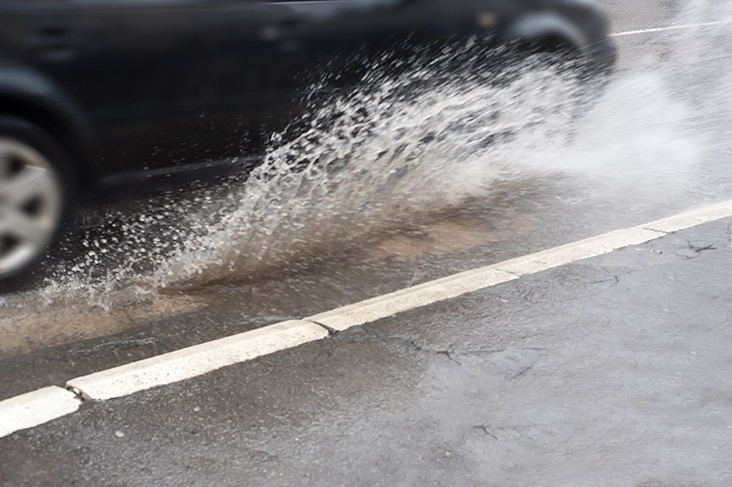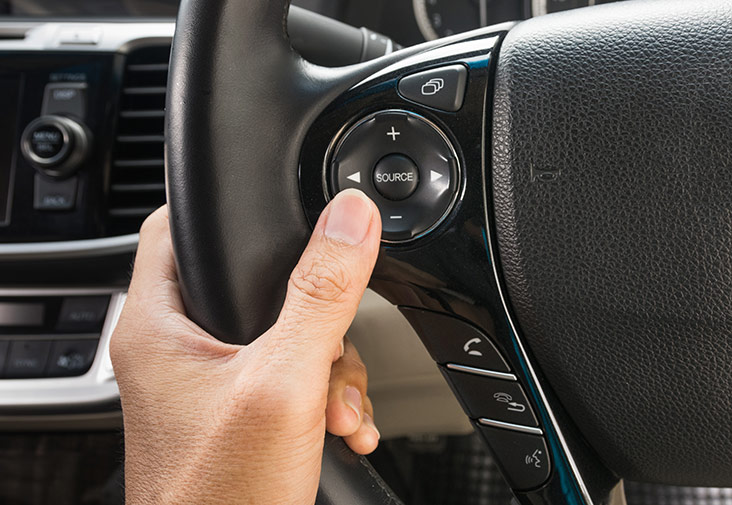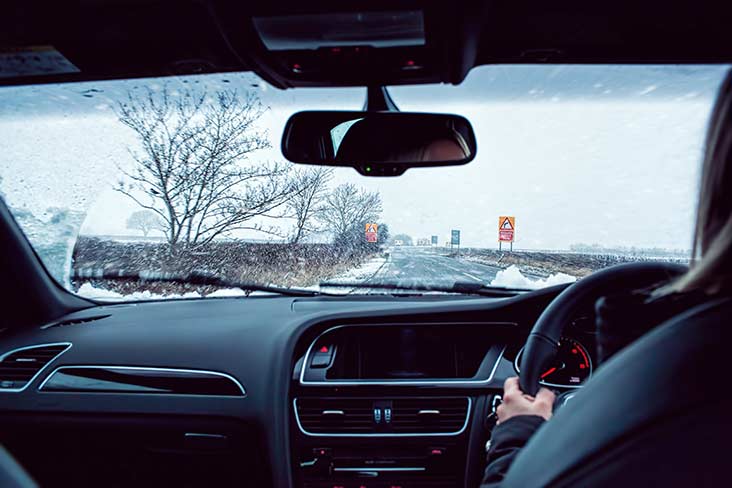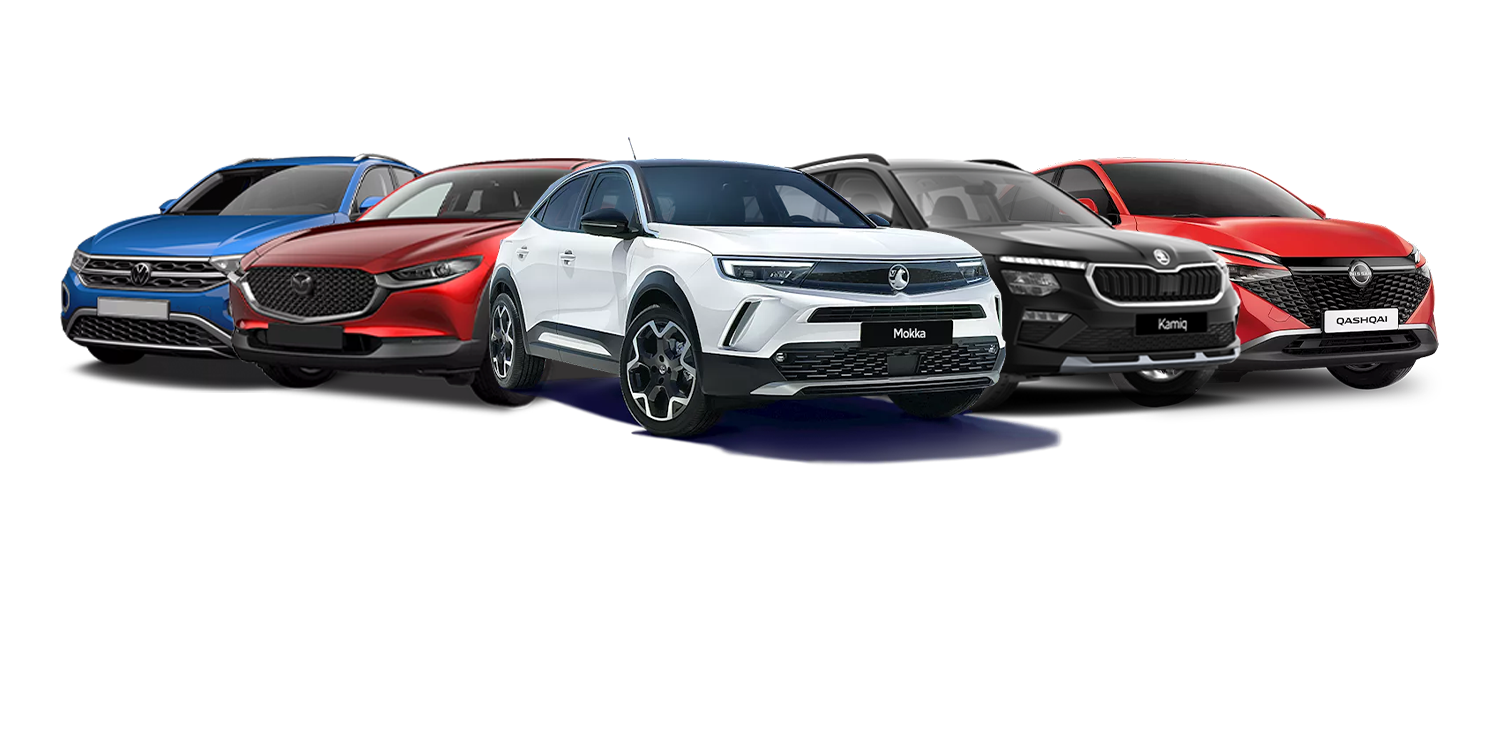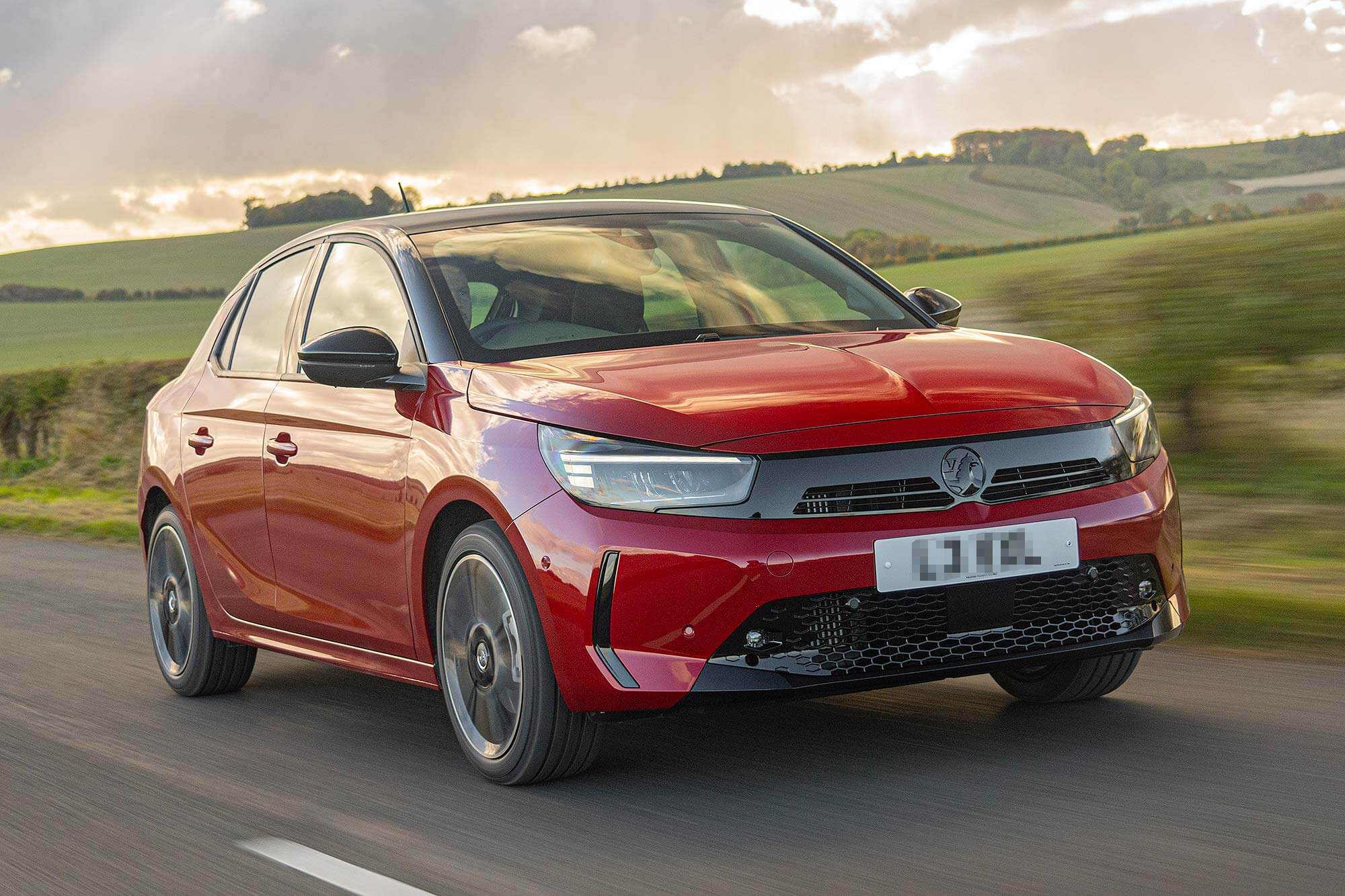With spring being notorious for unexpected showers, we don’t really have a choice about driving in the rain in the UK! This weather can make driving very challenging, regardless of how experienced you are behind the wheel. Here we explore what you need to do to help you and other road users stay safe on the road when it’s raining.
Plan your trip
If you’ve checked the weather forecast, then you will have a good idea of what you’re heading into. If torrential rain is likely, then you should consider if you definitely need to take the car out. If you really have no choice, the next step is to plan your route before you get in the car.
Know the way you want to go and find out if it will be affected by flooding. If there are reports of flooding on that route, then look for a different way and make sure to research if there are any traffic delays on your journey, too.
Check tyres and wipers
Windscreen wipers should be checked every six months to make sure they are working properly – the rubber blades can get worn with over-use. Therefore, it’s vital you get these replaced before the wet weather starts.
Aquaplaning is possible when it is raining heavily and your cars tyre treads are worn away
The grooves and channels on tyres are there to disperse water, enabling the smooth rubber parts of the tyre to keep contact with the tarmac. On a drenched road, if your tyre treads are worn away, the water has nowhere to go and the tyre ‘floats’ on the rainwater. This is called aquaplaning and can lead to a loss of braking and steering ability. So, in wet weather, the deeper the tread is on your tyres, the more stable you’ll be.
Check out Kwik Fit’s top tips for looking after your tyres
Fuel up
You really don’t want to be running out of fuel in a downpour, so always make sure you have enough petrol or diesel in your car before heading out. Not only is it inconvenient, it could be unsafe! If you’re not sure whether or not you have enough fuel, top up at your nearest filling station just in case.
Turn your lights on
Just before you set off, switch on your dipped headlights. Visibility is reduced in heavy rain, so you need to make sure that other road users can see you approaching.
Our complete guide to car lights explains when and how you should use them
Slow down and keep your distance
You need to drive slowly in wet weather to deal with slippery road conditions. It decreases your braking distance with a higher possibility of skidding. Driving more slowly means you have better control of your vehicle should the car in front of you brake abruptly or get into difficulty.
Keeping a safe distance between you and other cars is vital in wet weather
It takes double the time to stop in the wet than when the roads are dry. This means you should stay at least three seconds behind any vehicle that is in front of you. Ideally, this should be increased to four seconds in inclement weather.
Rainy weather is just one factor affecting car stopping distances—find out the others here
Keep windows clear
Humidity can cause your car windows to steam up on the inside. If your vehicle is fitted with air conditioning, increase the heat to keep all windows fog-free. Even if you haven’t got air conditioning, directing warm air towards your car’s windscreen will help to clear it.
Be careful of spray
A fine mist of water will spray out from every moving vehicle when it’s drizzly, but it’s intensified with vans and lorries. Be mindful of the extra spray when a large vehicle goes by in the opposite direction. This is also the case if you feel the need to overtake one. Often road dirt will splash up as well, so it’s crucial that you wash your windscreen after driving to ensure it’s clean and clear for your next journey.
Avoid cruise control
Cruise control is a great feature to have fitted to your car, but it shouldn’t be used in wet weather. If your car starts aquaplaning when cruise control is engaged, you can’t slow down as quickly because your vehicle is going at a constant speed, making aquaplaning even worse!
Cruise control is a great feature for cars, but it can be dangerous in wet weather
Watch out for pedestrians and cyclists
As your visibility reduces in a downpour, your awareness of your environment has to be even sharper. So, paying attention to vulnerable road users such as pedestrians and cyclists is vital. Slowing your car down when you spot them and being alert to any unexpected movements should help you avoid an accident. When overtaking, make sure you give them lots of room and try not to splatter them with even more water!
Breaking down in the rain
If you break down in the rain, keep your car’s bonnet closed while waiting for help to arrive to stop the vehicle’s electrical system from getting soaked. If the engine shuts down after driving through water, do not try to restart the car because this could damage the engine. Instead, switch on your hazard lights, ring for assistance, and wait to have your car professionally inspected.
How the Motability Scheme can help if anything goes wrong
As a Motability Scheme customer, RAC Motability Assist breakdown cover is included in your lease, so help is on hand 24 hours a day, every day of the year. If your Motability car breaks down or won’t start, call RAC Motability Assist on 0800 73 111 73. The service aims to get someone out to you within 45 minutes. If you are unable to use a mobile phone, use emergency telephones on the motorway and make your free emergency call (UK – 0800 73 111 73, Republic of Ireland – 1800 535 005). The telephone helpline and roadside assistance is available 24 hours a day, every day of the year. RAC Motability Assist staff are specially trained to deal with the concerns of disabled people.
Find our more about the Motability Scheme
To find out more about the benefits of being a part of the Motability Scheme, check out the full list of what’s included in the lease and how to join. If you’d like us to send you more information about the Motability Scheme, request an information pack below.
Related articles
How to demist your car windows fast
Driving in heavy rain and flooding
![]()
